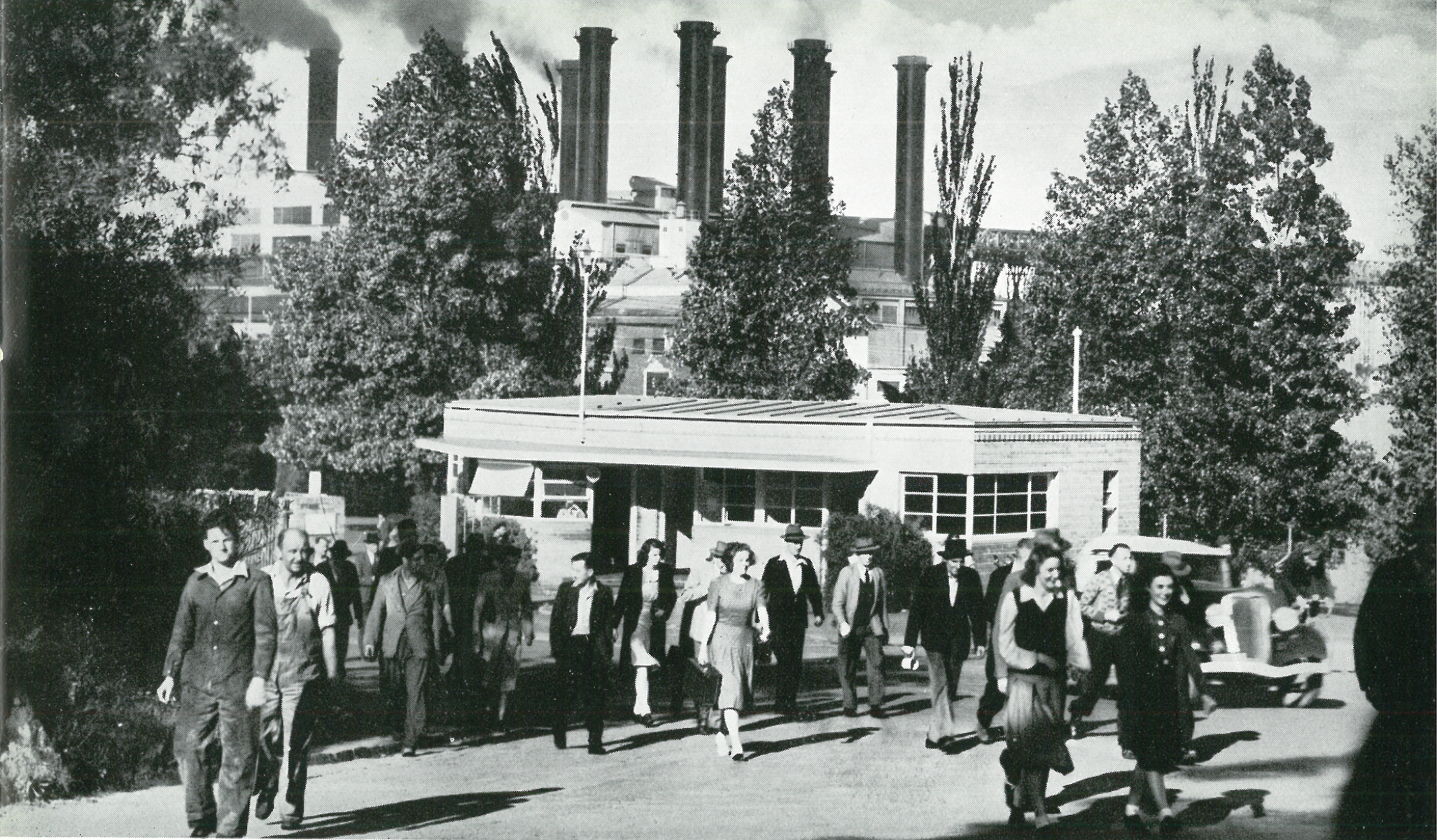Status
On this page:
The Latrobe Valley Regional Rehabilitation Strategy
The Latrobe Valley Regional Rehabilitation Strategy (LVRRS) provides a blueprint to progress mine rehabilitation planning for the Latrobe Valley’s coal mines. The LVRRS was delivered by the Department of Jobs, Precincts and Regions in partnership with the Department of Environment, Land, Water and Planning (2019).
Findings of the Regional Land Use Study were considered alongside findings from the geotechnical and water studies in developing the LVRRS.
Find out more about LVRRS at Earth Resources.
Preliminary Land Use Vision
As part of the Regional Land Use Study, a land use vision for the mine areas was released for community and stakeholder feedback in 2019.
The Preliminary Land Use Vision establishes a strategic land use vision for the mine sites and surrounding land and identifies opportunities for land use change based on the following 4 themes:
- tourism, liveability and recreation
- industry, business and commerce
- agriculture energy and water
- services, education and training.
Future land uses for the rehabilitated mine sites
The Latrobe Valley Regional Rehabilitation Strategy is not prescriptive. Land use opportunities for the rehabilitated mine sites remain open.
Some of the land use outcomes which have been identified in the Preliminary Land Use Vision may not be feasible under all rehabilitation options, or may only become feasible at later stages of the rehabilitation. Consideration of risks and hazards associated with land stability and fire risk will be part of the assessment of alternative rehabilitation options to ensure proposed beneficial land uses can be realised.
Consultation report
The consultation report summarises findings from the public consultation on the Draft Preliminary Land Use Vision. Community and stakeholder feedback as well as technical studies inform the final LVRRS.
All the themes were supported by a majority of respondents. Several submitters raised concerns about regional environmental impacts. Others noted the importance of energy generation, agriculture and recreational opportunities in the Valley.
Latrobe Valley social history

This study documents the history of the Latrobe Valley region, exploring how the setting has been historically experienced by local communities and how local sense of identity has been formed. It gathered knowledge from representatives from the community, government agencies and the Gunaikurnai Land and Waters Aboriginal Corporation.
The communities of the Latrobe Valley have been at the forefront of Victoria’s power generation now for a century. But how exactly have the Valley’s communities contributed to and experienced their changing landscapes, workplaces and sense of selves?
The study documents the social lives of Latrobe Valley communities over time to provide deeper insight into the connections between the Valley and its people, and of the history and heritage that have made each what they are today.
The social and industrial history of the region has been defined by agriculture, the impacts of immigration, manufacturing, timber production, power generation and the State Electricity Commission of Victoria. The importance of clubs, whether based around sport, ethnic background, religion or workplace, was a local value identified as at the core of a local identity. Such clubs have provided strong support networks through the Valley’s periods of upheaval and transition.
The social history is not a chronological study. Rather, it explores how the Valley’s inhabitants have historically experienced their setting through the themes of land and water, work and industry, and communities and how this has influenced their sense of identity.
The social history will be used to inform planning initiatives and place-making through the identification and interpretation of places of significance and historic themes of importance.
Page last updated: 01/05/24